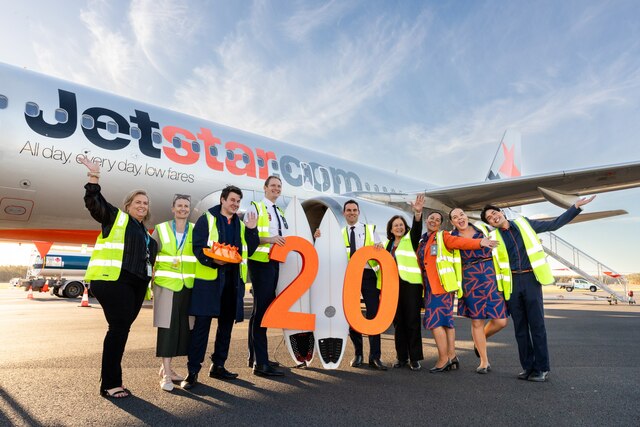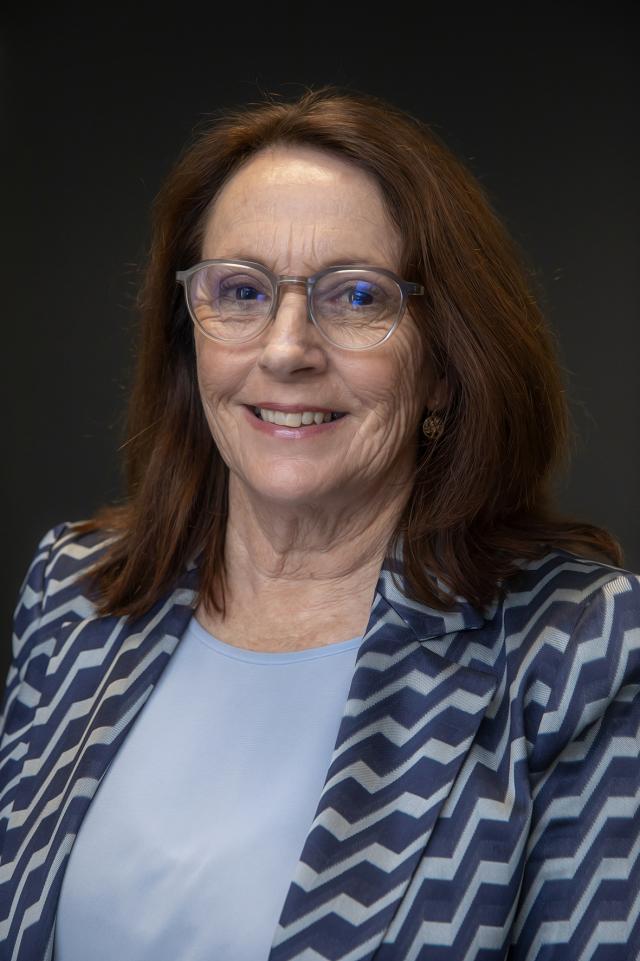From 30 June 2010, Australia will gradually begin switching off the analogue TV signal, making way for digital transmissions.
Starting in Mildura, Victoria, the switchover will take place progressively on a region by region basis until 31 December 2013. It will deliver more choice and content, as well as better picture and sound quality, while also freeing up spectrum for the delivery of new and improved broadcasting and communications services, such as high speed broadband.
Minister for Broadband, Communications and the Digital Economy Senator Stephen Conroy says the switchover will bring remote communities in line with the rest of Australia, enabling them to access all free to air digital television services, including the original three commercial and two national channels, as well as new digital services such as ABC2, ABC3, SBS TWO, GO!, 7TWO and ONE HD.
However there have been mixed reactions from rural, regional and remote communities, as well as councils and industry stakeholders.
In order to view digital television, most households will simply need to purchase a digital set top box for their existing television set. But it gets a little more complicated for those living in rural or regional blackspot areas.
Currently, where services are not available from broadcaster owned and operated transmitters, many councils operate ‘self help’ retransmission facilities, providing access to commercial and/or national broadcaster analogue television services. But under the digital scheme, these facilities will no longer be able to retransmit the signals without being upgraded at an estimated cost of around $160,000 per site.
According to a press release from Senator Conroy, broadcasters have agreed to carry out and fund the upgrade of around 100 of at least 600 self help sites. The Federal Government is working with broadcasters to select which sites to upgrade. Viewers in the selected areas would then only need to install a high definition set top box to access the full suite of digital television channels, in line with viewers in larger cities.
However, with the final choice of sites up to the broadcasters themselves, it is likely to be only high density populations that are upgraded.
Senator Stephen Conroy said where analogue self help services are not converted by broadcasters or councils, viewers will have access to a direct to home satellite service. The Federal Government will fully fund and build a new digital satellite broadcasting service for rural access, but households will also need to install satellite reception equipment, including a dish and a digital receiver, at a cost of around $600.
The Government will provide a $300 subsidy to assist homes requiring the satellite service to pay for the required equipment. But most households today have a second or even third television set, meaning they would need to purchase additional set top decoders for each extra television, in addition to covering the costs of required cabling, antennas and so forth.
According to TV and radio transmitter specialists N-Com, this could blow the costs out to approximately $1,600 per household, rather than the $600 the Government estimates. As such, Sales Manager at N-Com Glenn Welsh said the only feasible solution is for councils to upgrade their self help sites.
“If rural analogue sites are simply switched off, then there will be many very angry residents in rural communities right across Australia,” he said. “Rural residents will direct their frustration at their local councils if they are forced to buy satellite receivers and dish antennas to receive what were previously free to air services.”
Leader of the Nationals Warren Truss said the closure of the analogue television network will mean the death of local television content for thousands of Australians living in rural areas. He said the Government’s plan to convert to digital only 100 of the existing network of at least 600 ‘self help’ television transmitters will leave thousands of people living in country communities with blank screens when analogue transmissions close.
“The Government is offering these people a new satellite service – one for Western Australia, one for Queensland and the Northern Territory, and one for the rest of Australia,” Warren Truss said. “These new services will transmit regional news broadcasts in rotation, so some people in country areas will have to get used to watching their news service late at night or make a choice between local news and their favourite program being broadcast during their news slot.
“And what about local community service announcements, local advertisements, and special local programs?
“Labor is spending $66 million on advertising the conversion to digital. That amount of money alone would be enough to convert another 400 self help transmitters to digital. The analogue shut down program should guarantee that no Australian, particularly those living in regional and remote areas, will be worse off. Nor should the Government expect battling country communities to pick up the tab for their multi billion dollar analogue sell off windfall.”
For further information about the digital switchover, visit www.digitalready.gov.au or call 1800 201 013.







